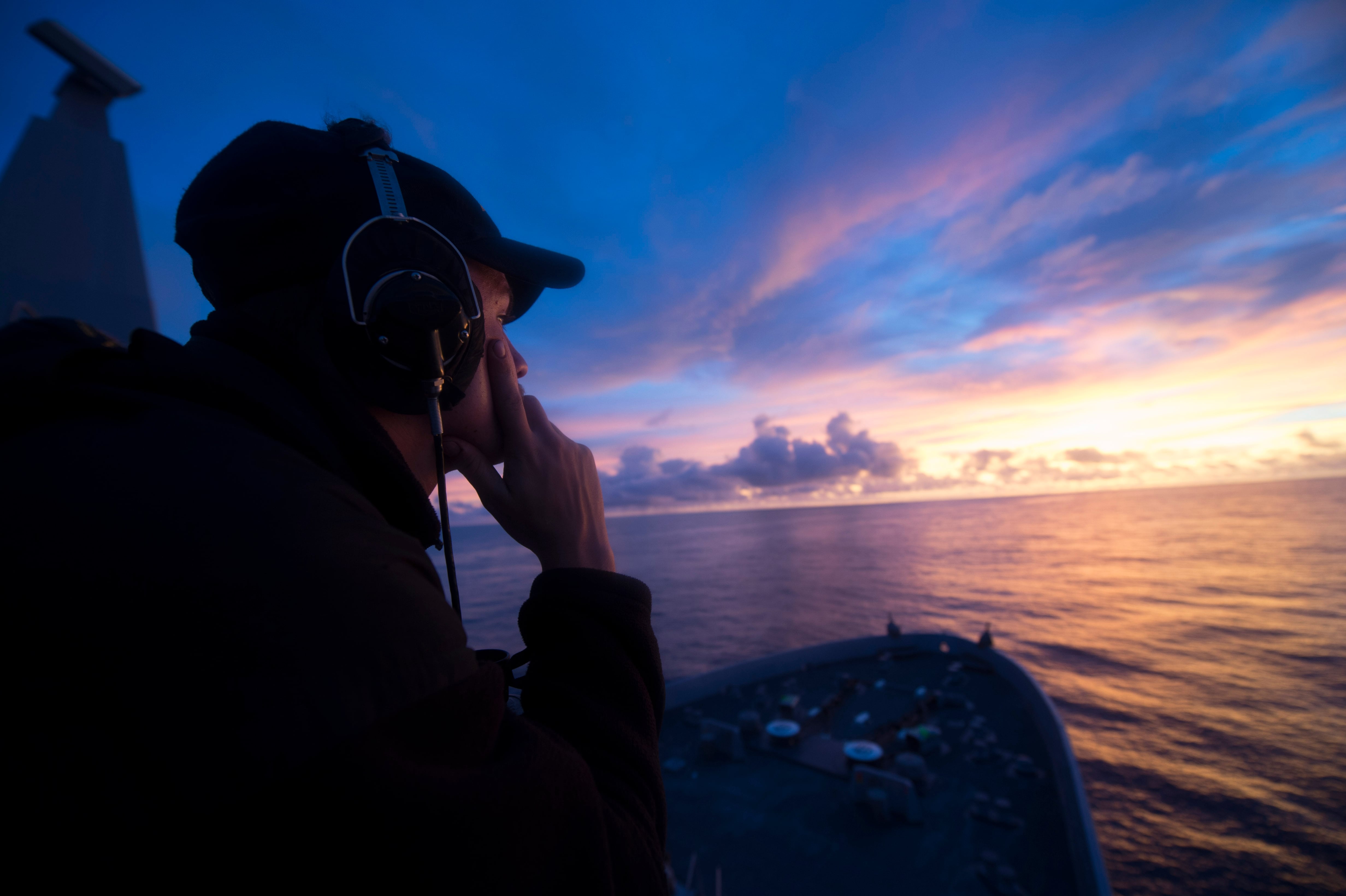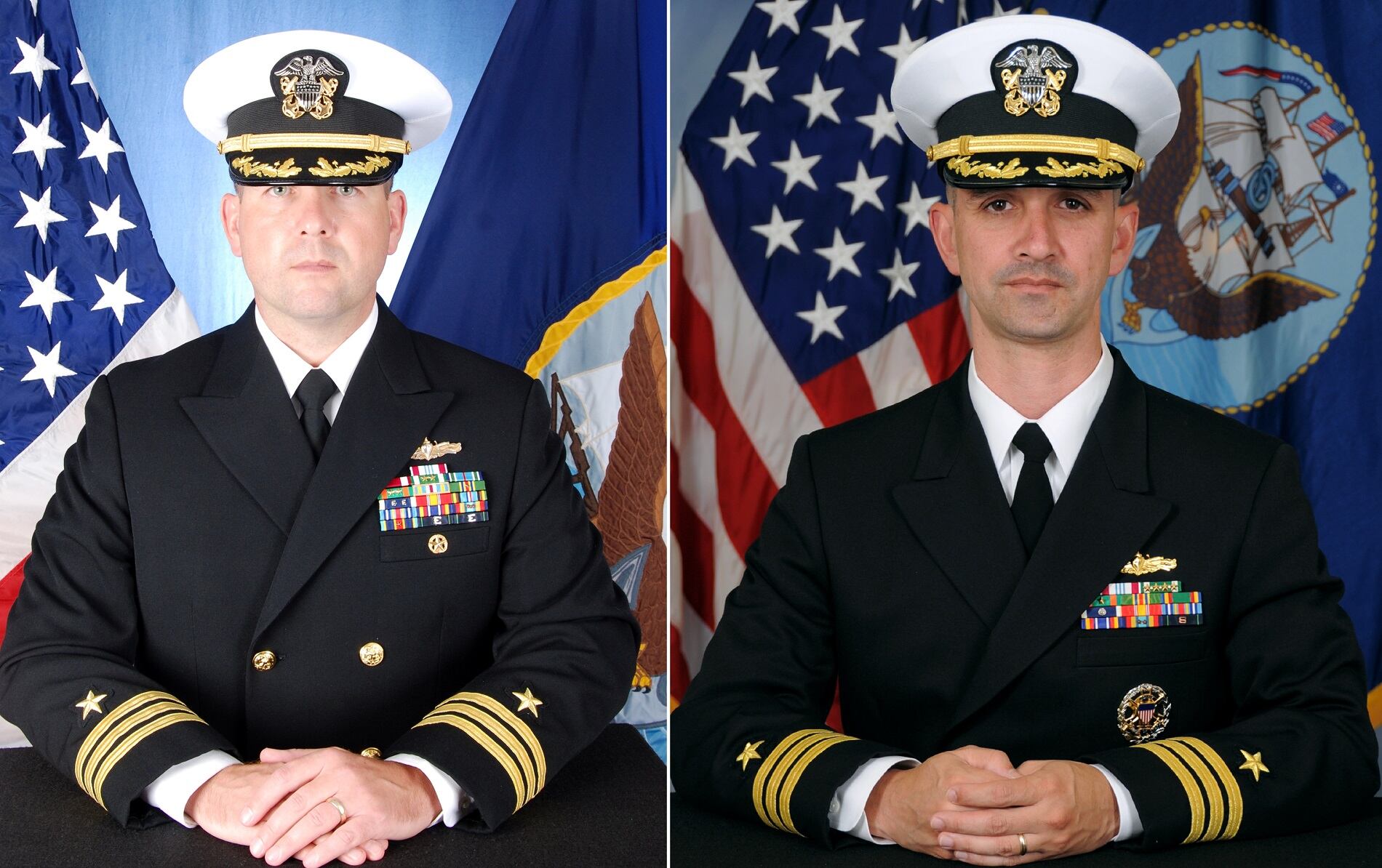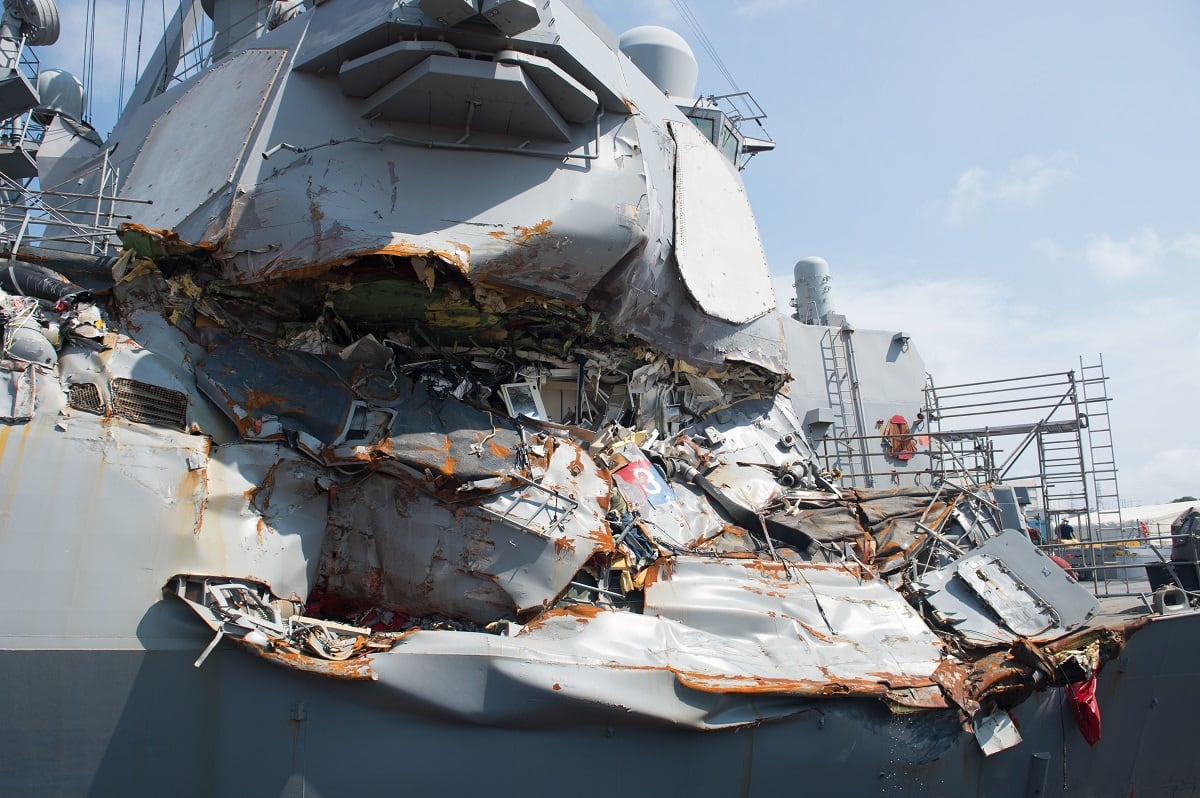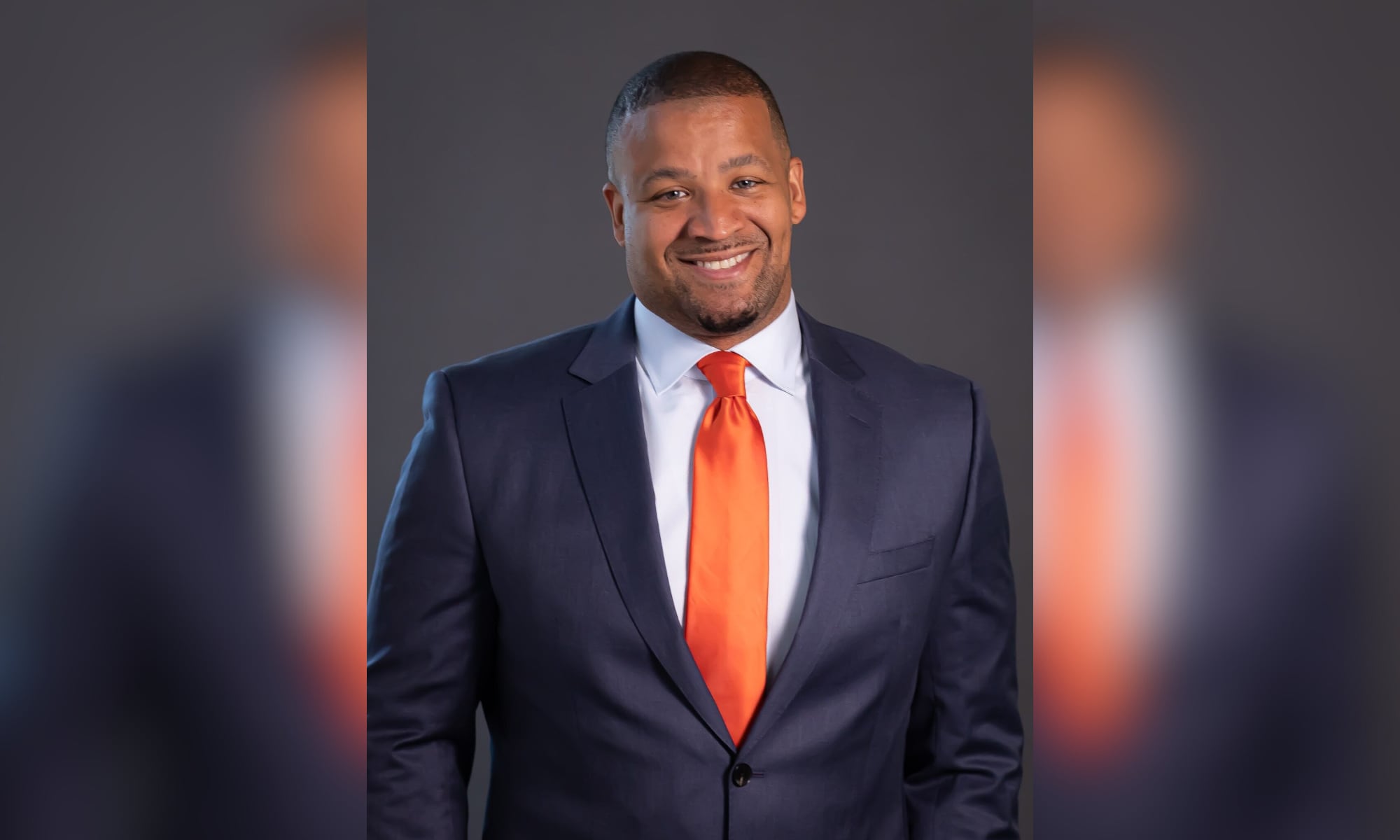The Navy has begun randomly testing surface fleet officers on their officer of the deck skills in order to better understand where the community’s strengths and weaknesses lie.
It is part of the surface community’s efforts to assess and revamp training in the wake of fatal collisions involving the warships Fitzgerald and John S. McCain last summer that killed 17 sailors.
Officers of the deck, or OODs, are in charge of the ship when the captain or a senior qualified line officer is not on the bridge.
Forty OOD-qualified first tour division officers were recently selected at random from 10 San Diego ships to undergo the 35-minute assessment, which involves a survey, written test and a simulator scenario, according to a recent Navy blog post by Capt. Scott Robertson, head of the Surface Warfare Officers School, or SWOS.
The tests will take place in the coming months at other fleet concentration points, with the goal of assessing about 200 officers, or a tenth of the fleet’s OOD inventory.
Such a data set will enable the Navy to gauge mariner skills and watch-standing capabilities of its OODs, Robertson said in the post.
RELATED

“We believe the (OOD) data will identify community-wide training effectiveness and isolate how we can deliver better training to future SWOs,” he said.
Coupled with crew readiness for sea assessments and bridge resource management workshops, Robertson said the OOD tests will help the surface fleet community figure out how it needs to tweak training in 2018.
Assessment results are briefed back to the OOD at the scenario’s conclusion, and the OOD’s skipper is also provided a report.
“I expect the results will help COs to focus their wardroom navigation, seamanship and shiphandling training as well as target individual training,” Robertson said.
The scenario portion of the assessment puts the OOD in “a realistic low-traffic density environment with two dedicated bridge watchstanders,” he said.
It differs from past SWOS shiphandling scenarios as it involves incorporating knowledge checks during the scenario and collecting data for skills to include the Rules of the Road, bridge team management and communications, according to the post.
“The OOD check scenario is not a cake walk,” Robertson said. “It is a challenging, yet realistic scenario that provides a candid snapshot of an officer’s abilities.”
Robertson added that while these checks have “inherent rigor,” he believes the surface community is ready for rigor after the Fitzgerald and John S. McCain disasters.
The Fitz’s OOD failed to notify the ship’s captain when the destroyer was closing with a merchant vessel before June’s collision off the coast of Japan.
“An openness to rigorous and accurate assessment must become ingrained in our culture as we move forward,” Robertson said.
RELATED

There is no punishment for an OOD who fails the check, Robertson added.
After the assessment, the ship’s captain receives one of three grades for their OOD.
Tested officers receive a grade of “completed no concerns,” “completed with some concerns” or “significant problems.”
Areas that need to be improved upon are also provided.
Robertson said it is up to the officer’s CO to determine what they do with that grade.
“I trust our commanding officers to implement change where needed,” he said. “Again, these checks are designed to help us chart a path to more consistently build competent and confident mariners.”
Robertson, who commanded the frigate Rodney M. Davis and the cruiser Normandy earlier in his career, acknowledged the potential discomfort and extra workload such checks may place on ship captains.

“New initiatives like the OOD competency checks test the outer boundaries of our comfort zone and add to an already overflowing requirements list,” he said. “The idea of an unknown entity running ‘my’ junior officers through an unknown scenario with unknown ramifications is bound to meet some initial resistance.”
But Robertson said such checks will help OODs become more aware of their strengths and weaknesses, while providing COs with an outside assessment that can aid in further training and risk management, helping inform the overall community about shortfalls.
Blame for the mistakes that led to the Fitz and McCain collisions do not lie solely with OODs, he said.
“These competency checks are new, something we have never done before in the surface fleet,” Robertson said. “This is all about making us better as an entire community.”
Geoff is the managing editor of Military Times, but he still loves writing stories. He covered Iraq and Afghanistan extensively and was a reporter at the Chicago Tribune. He welcomes any and all kinds of tips at geoffz@militarytimes.com.





